New Ars Electronica video series on digital humanism
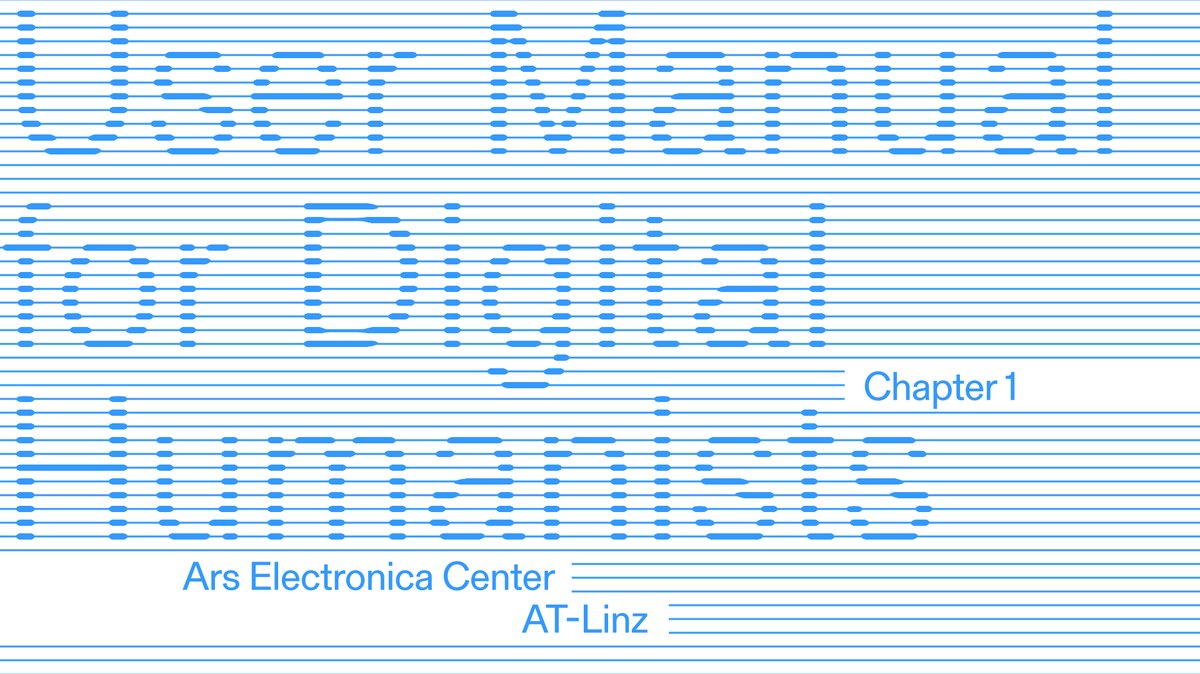

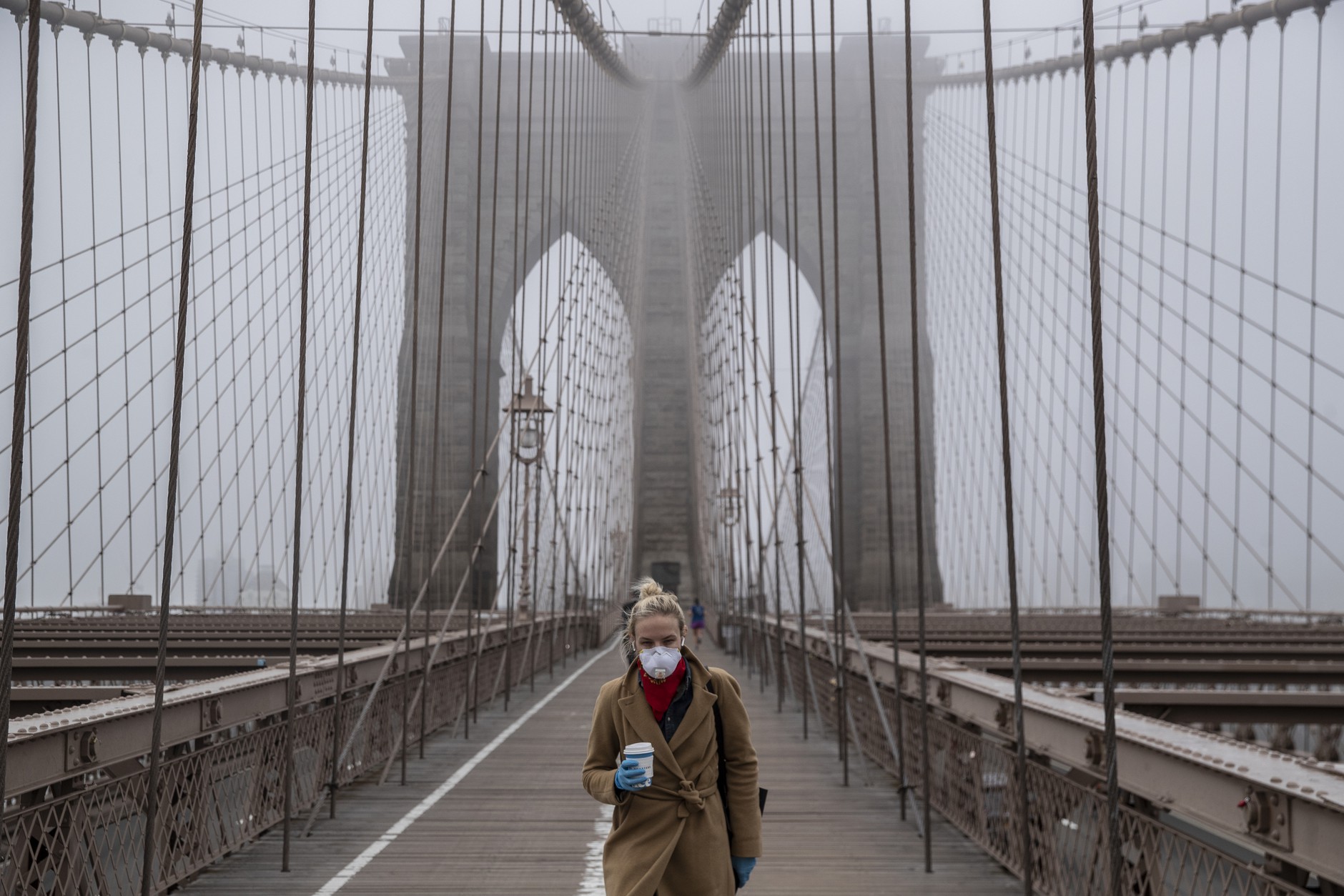

A few months back we wrote about the ongoing negotiations between Nesta, the UK’s innovation foundation, and the [Italian Foundation] Compagnia di San Paolo to set up a Nesta Italia in Turin. These negotiations have now finished and the results…
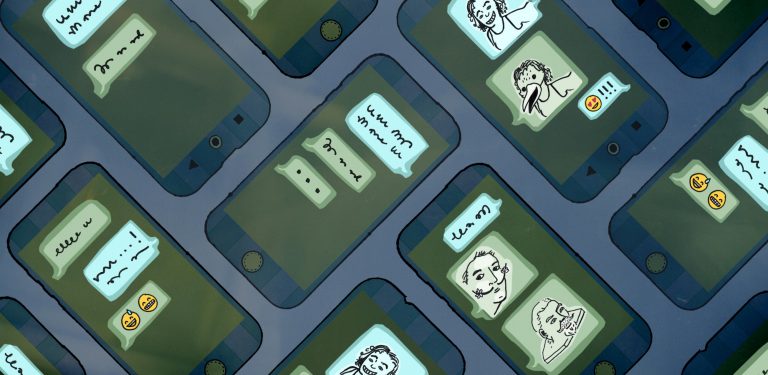
The people at Studio, the design, development and workflow laboratory at Carnegie Museums of Pittsburgh, are working on the design and the development of a “new kind of mobile museum experience”. Because they would like the share mistakes and successes…
The Design Thinking for Museums site is the outcome of a 2012 partnership between the San Francisco Museum of Modern Art (SFMOMA) and Stanford’s Hasso Plattner Institute of Design (d.school). It is conceived as a resource for professionals and practitioners…
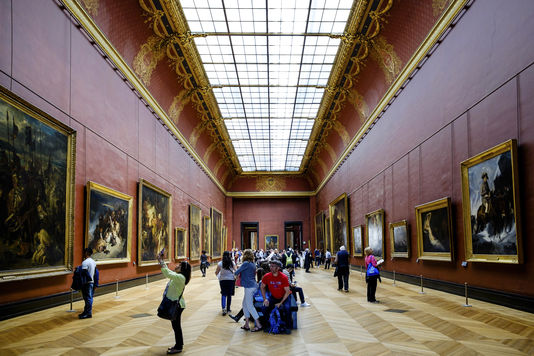
Why do some people spend all day in a gallery while others dash around in an hour? Laurent Carpentier wonders what is the difference between the 3.6% of respondents who reported that they had spent more than six hours exploring…
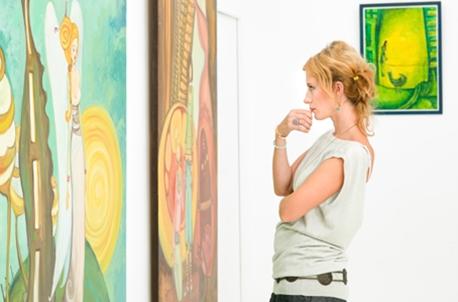
Over the summer of 2014, Northstar, in collaboration with the London School of Economics, conducted an ethnographic study at the Royal Academy of Arts, exploring the Summer Exhibition audience and their motivations. The study was designed to help the Royal…
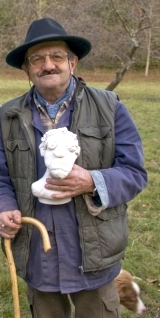
Now and then we use this blog to announce activities that are dear to us and deserve some promotion. Today it is the exhibition of artist Marguerite Kahrl, who is the wife of Experientia partner Jan-Christoph Zoels. The show opens…
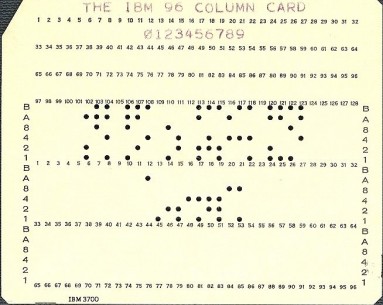
In addressing the insecurities of postmodern thought, Big Data falls prey to some of the same issues of interpretation, writes Michael Pepi in The New Enquirer. More in particular, Pepi points out that “the conditions that generated postmodernism were an…
Designing with Data The Royal Institute of British Architects (RIBA) and ARUP have released Designing with Data: Shaping Our Future Cities, a new report that explores the massive potential role that data could have in the planning and design of…
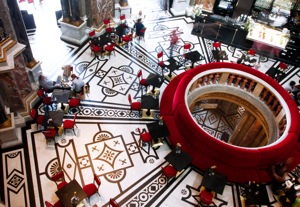
Museums visitors are no longer as satisfied with rows of objects on display. They want the objects to tell a story. They want to understand the main message of the exhibit without reading a single block of text. Mary Oakland,…
Mind Design, the Design Research Webzine of the Danish Centre for Design Research, contains a wealth of information, all available in English. Here are some highlights: Article Companies: Design Research Works in Practice Design researchers are developing new, applicable knowledge…
Rohan Gunatillake, the lead producer of festivalslab (the Edinburgh Festival Innovations Lab) gives four reasons why new thinking and tools can produce better experiences. “Here at the Edinburgh Festivals Innovation Lab, we explore how to best use new thinking and…
MeLa – European Museums and Libraries in/of the Age of Migrations – is a brand new four-year research project, funded by the European Commission under the Seventh Framework Programme, which aims to delineate new approaches for museums and libraries in…
The New York Times has published no less than eight articles at once on the topic of social media, internet, technology and museums. Note the article about the Arduino! Speaking digitally about exhibits Museums around the world now use social…
On the way to celebrating its 250th anniversary in 2014, the Hermitage museum in St. Petersburg (formerly the Winter Palace of the Russian czars) hired legendary architect Rem Koolhaas to modernize the art museum experience for visitors in a way…
Interactive Screen 0.9: The Makers (10 to 15 August 2009) is the 14th installment of the Banff New Media Institute’s acclaimed new media summit, where media makers from Canada and the world gather to reflect on the current state of…
Charles Leadbeater explores what the advent of the web, collaborative practice and open source ways of working mean for the arts and art organisations in this excellent 20-page essay commissioned by Cornerhouse. “The 20 century avant garde was built on…
Bill Thompson, back from the Venice Biennale, reflects on digital art and its relationship with technology. “While there was a lot of interesting art, I saw little that attempted to explore our use of or reliance on technology itself, and…
The Plenitude Creativity, Innovation, and Making Stuff Rich Gold Foreword by John Maeda MIT Press, September 2007 We live with a lot of stuff. The average kitchen, for example, is home to stuff galore, and every appliance, every utensil, every…